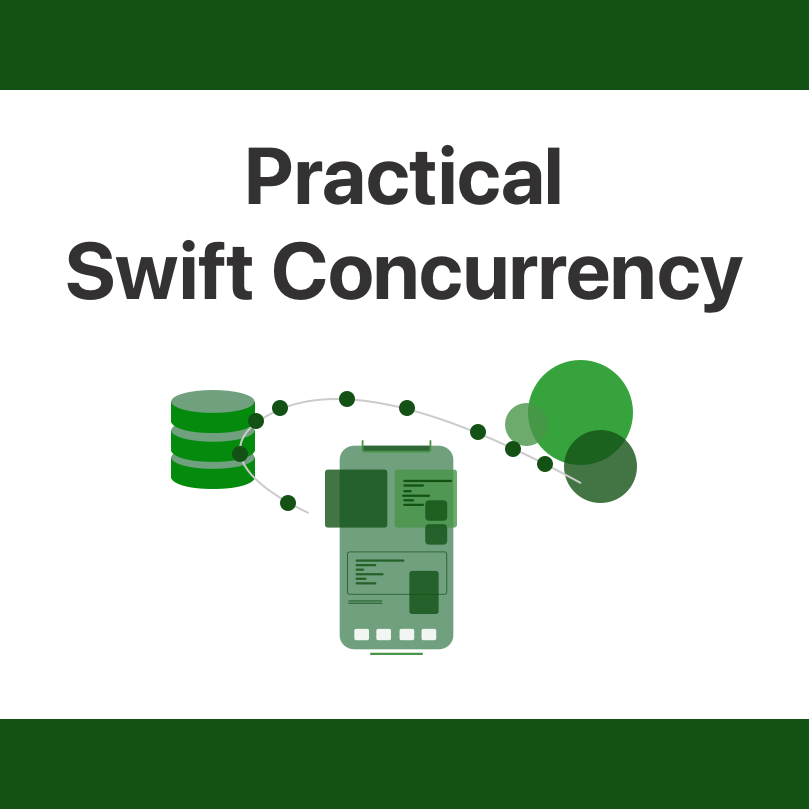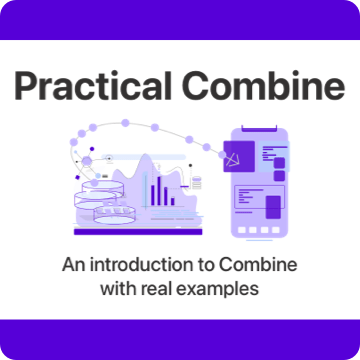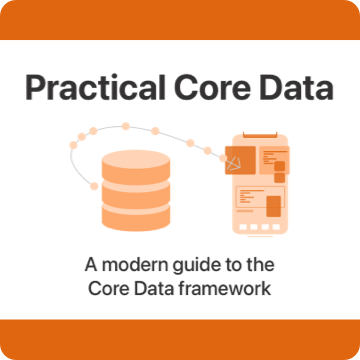Hi, my name is Donny
I'm a curious, passionate iOS Developer from The Netherlands who loves learning and sharing knowledge.
Take a look at my books

Practical Swift Concurrency
Learn everything you need to know to make optimal use of Swift Concurrency in your applications. This book covers everything from awaiting asynchronous method calls to building your own highly concurrent systems. It’s a great introduction for those looking to familiarize themselves with everything Swift Concurrency has to offer.
Buy on Gumroad
Practical Combine
Practical Combine is a book aimed at intermediate to advanced developers who want to learn more about Apple's Combine framework. This book takes you all the way from the basics to building custom Combine publishers using Practical, useful examples that you can start using immediately.
Buy on Gumroad
Practical Core Data
Practical Core Data is for intermediate to advanced developers who want to learn more about Core Data. Whether you're new to Core Data, or tried using it years ago, you'll find that Practical Core Data introduces you to all the essentials to get you up and running with the framework.
Buy on GumroadRecent articles
Jump to a random postDesigning custom UI with Liquid Glass on iOS 26
July 1, 2025Liquid Glass is iOS 26’s new design language. This means that a lot of apps will be adopting a new UI philosophy that might require some significant changes to how you’re designing your app’s UI. If you’re not ready to adopt Liquid Glass just yet, Apple has provided you an escape hatch that should be usable until the next major iOS release. I recently explored updating my workout app Maxine to work well with Liquid Glass tab bars which you...
Read more...Swift 6.2 comes with several quality of life improvements for concurrency. One of these features is the ability to have actor-isolated conformances to protocols. Another feature is that your code will now run on the main actor by default. This does mean that sometimes, you’ll run into compiler errors. In this blog post, I’ll explore these errors, and how you can fix them when you do. Before we do, let’s briefly talk about actor-isolated protocol conformance to understand what this...
Read more...What is @concurrent in Swift 6.2?
June 23, 2025Swift 6.2 is available and it comes with several improvements to Swift Concurrency. One of these features is the @concurrent declaration that we can apply to nonisolated functions. In this post, you will learn a bit more about what @concurrent is, why it was added to the language, and when you should be using @concurrent. Before we dig into @concurrent itself, I’d like to provide a little bit of context by exploring another Swift 6.2 feature called nonisolated(nonsending) because without...
Read more...Exploring tab bars on iOS 26 with Liquid Glass
June 19, 2025When your app has a tab bar and you recompile it using Xcode 26, you will automatically see that your tab bar has a new look and feel based on Liquid Glass. In this blog post, we’ll explore the new tab bar, and which new capabilities we’ve gained with the Liquid Glass redesign. I’ll also spend a little bit of time on providing some tips around how you can conditionally apply iOS 26 specific view modifiers to your tab bar...
Read more...On iOS 26, iPadOS 26 and more, your apps will take on a whole new look based on Apple's Liquid Glass redesign. All you need to do to adopt this new style in your apps is recompile. Once recompiled, your app will have all-new UI components which means your app will look fresh and right at home in Apple's latest OS. That said, there are many reasons why you might not want to adopt Liquid Glass just yet. It's a...
Read more...Setting default actor isolation in Xcode 26
June 10, 2025With Swift 6.2, Apple has made a several improvements to Swift Concurrency and its approachability. One of the biggest changes is that new Xcode projects will now, by default, apply an implicit main actor annotation to all your code. This essentially makes your apps single-threaded by default. I really like this change because without this change it was far too easy to accidentally introduce loads of concurrency in your apps. In this post I'd like to take a quick look...
Read more...